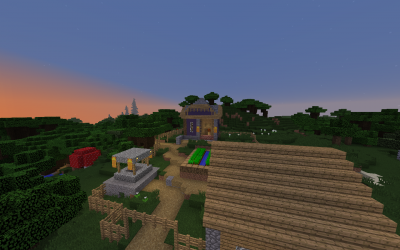Gerlach

The origin of Gerlach traces back to the entrepreneurial spirit of John W. Gerlach, who began his venture in the area in 1831, selling goods before later establishing a general store in the village in 1837. Alongside his store, Gerlach initiated a small horse mill and a tannery. The village acquired its official name in June 1850, flourishing with the rise of small underground coal mines in the late 19th century, spurring rapid population growth. At the dawn of the 20th century, Gerlach thrived with a larger population compared to its present size. In response to perceived threats from neighboring regions, Gerlach sought protection, ultimately becoming an Oranjestad colony in 1910. However, as part of Oranjestad's efforts to decolonize, the town was auctioned off to the Equos Government on April 30, 2018.

Evidences of the past mining ventures still linger in the area, evident through the remnants of the collapsed bridge to Colony Bay and the sunken road to the north and east of the village. By the 1940s, the underground mines had dissipated, with the smaller surface mines relocating, leading to the village shrinking substantially from its thriving days. Today, Gerlach revolves around cheese production, a tradition exclusively maintained by the descendants of John W. Gerlach.
Gerlach Cheese
An emblematic culinary delight exclusive to Gerlach, Gerlach cheese epitomizes a fresh, creamy offering akin to cream cheese but distinct due to specific Oranjestad legislation. This unique cheese mandates the inclusion of live cultures when marketed, unlike cream cheese where fermentation ceases. Crafted from whole or skimmed milk and cream, Gerlach cheese boasts a consistency akin to cream cheese but with a lower fat content. While pure Gerlach is nearly fat-free, the addition of cream enhances flavor while elevating the fat content to about 8% of its total weight. This versatile cheese can be enjoyed in various ways. It serves as a dessert, akin to yogurt, often accompanied by fruits, used as a spread on bread paired with jam, or incorporated into savory dishes. Notably, in several Oldeshire countries, Gerlach finds its place on supermarket shelves alongside yogurts, celebrating its unique taste and heritage.